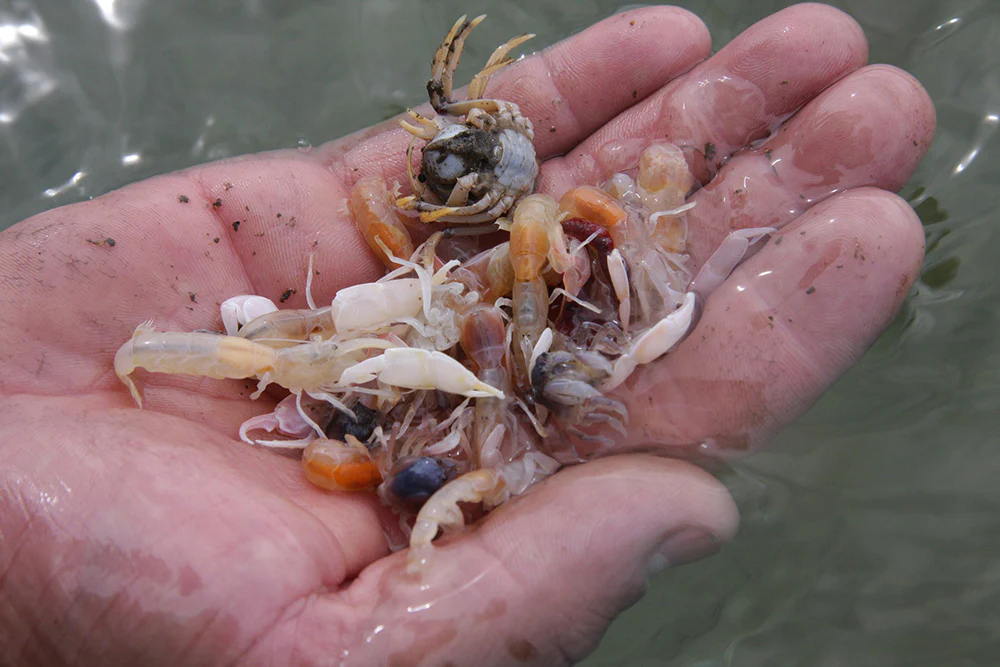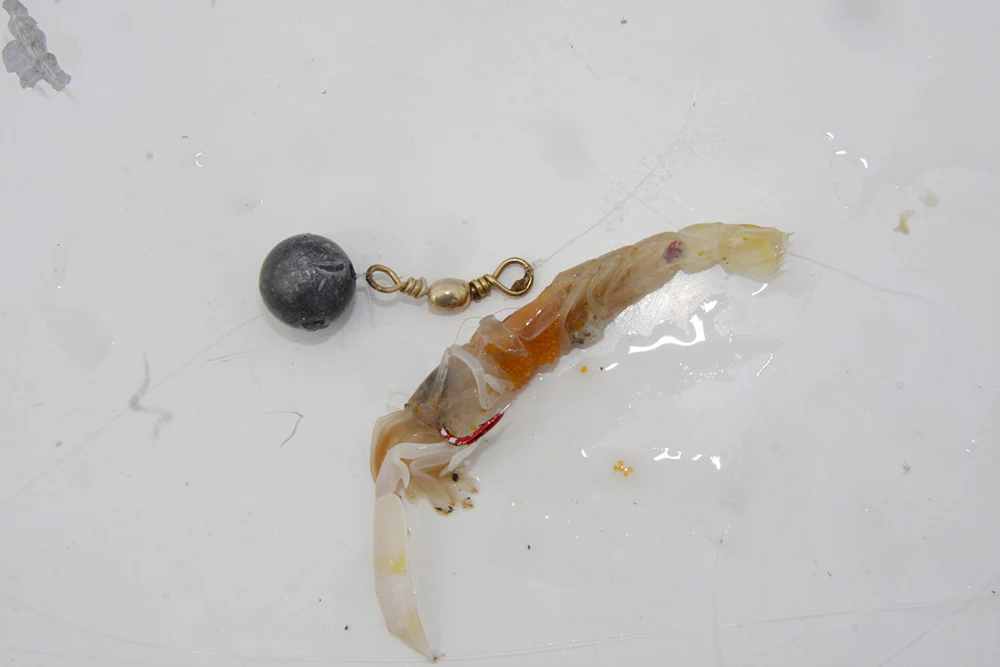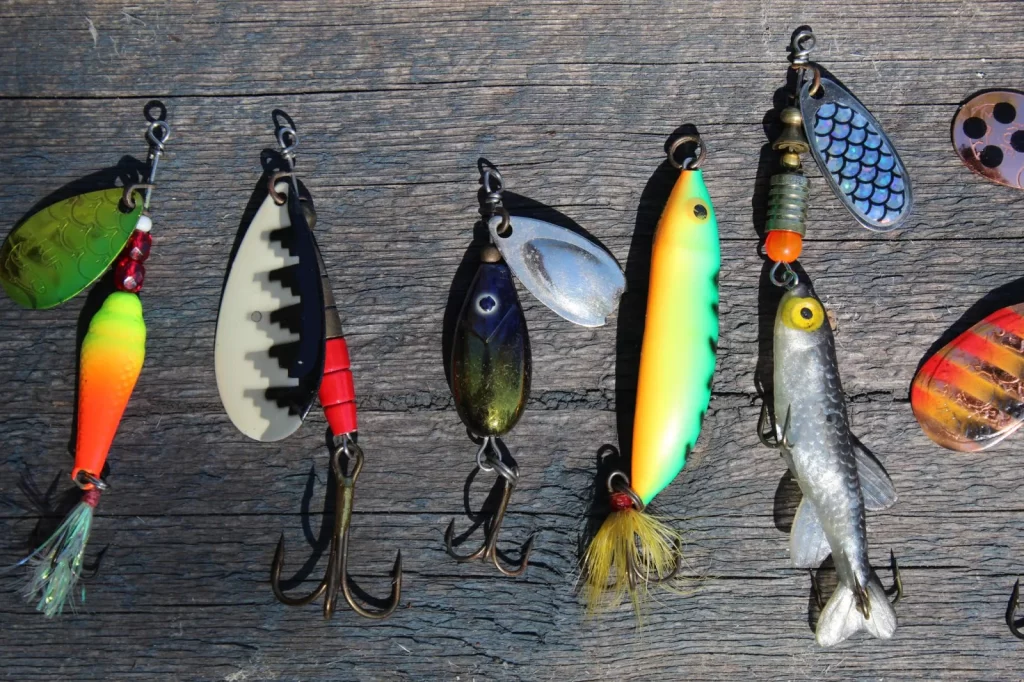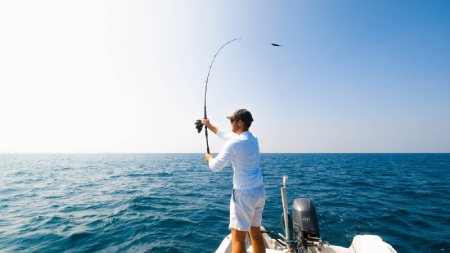For those new to the world of fishing, starting out can seem overwhelming. But there’s no need to feel intimidated. Bait fishing for beginners is one of the most approachable and effective ways to catch fish, offering a simple entry point that can lead to years of enjoyment. In this guide, we’ll walk you through the essentials, from choosing the right bait to learning the best techniques for both freshwater and saltwater environments.

Content
Why Start with Bait Fishing?
Fishing with bait is a time-tested method that works for a wide variety of species. Unlike artificial lures, natural bait appeals to a fish’s instincts, making it ideal for beginners. Whether you’re casting off a dock, a riverbank, or a boat, understanding the fundamentals of bait fishing will increase your chances of success.
One of the best aspects of bait fishing is its simplicity. With minimal gear and a bit of know-how, you can start catching fish right away.
Best Bait for Freshwater Fishing
If you’re heading to a lake, river, or stream, knowing what bait to use is essential. Here are some top bait choices for common freshwater fish:
1. Nightcrawlers
These large earthworms are a go-to option for many species like bass, trout, and bluegill. They’re easy to find, affordable, and highly effective.
2. Minnows
Live minnows are excellent for targeting predatory fish like walleye and largemouth bass. Hook them through the lips or back to keep them active in the water.
3. Corn or Dough Balls
Carp and catfish are especially fond of corn and homemade bait balls. These are great if you’re fishing in calm waters where scent plays a big role.
4. Insects and Larvae
Grasshoppers, crickets, and waxworms are ideal for panfish and trout. These baits are especially effective during the warmer months when insects are naturally present.
Best Bait for Saltwater Fishing

Fishing in saltwater introduces new species and challenges. Here are some of the best bait for saltwater fishing:
1. Shrimp
Available live or frozen, shrimp is a versatile bait that attracts everything from redfish to snook. It’s easy to use and emits a scent that drives fish wild.
2. Cut Bait
Slices of mackerel, squid, or mullet can entice larger saltwater species such as snapper and grouper. Cut bait is great for bottom fishing.
3. Sand Fleas and Clams
These are perfect for surf fishing and targeting species like pompano and whiting. Use a small hook and cast near breaking waves.
4. Live Baitfish
Mullet, pinfish, and pilchards are prime choices when targeting big game fish. Hook them properly to ensure they swim naturally.
Essential Bait Fishing Techniques
Mastering bait fishing techniques can significantly improve your success rate. Here are the fundamentals you should know:
1. Still Fishing
This method involves casting your bait and letting it sit in the water. It’s great for beginners targeting bottom dwellers like catfish.
2. Drift Fishing
Letting your bait drift naturally with the current is a powerful way to attract fish without startling them. This works well in rivers and tidal areas.
3. Float Fishing
Using a bobber keeps your bait suspended at a certain depth. It’s ideal for panfish and trout, especially when fishing near structures.
4. Bottom Fishing
Drop your bait to the bottom and wait. Perfect for saltwater species like flounder and sea bass.
How to Hook Bait Properly
Knowing how to hook bait makes a big difference in presentation and effectiveness. Each bait type requires a slightly different approach:
- Worms: Thread them onto the hook to hide most of the metal and present a natural appearance.
- Minnows: Hook through the lips or back so they stay alive longer.
- Shrimp: Hook from the tail toward the head to keep the body firm and natural.
- Cut Bait: Hook through the skin or tough section to ensure it stays on during casting.
Proper hooking increases your odds of hooking the fish, not just attracting it.
Top Tips for Bait Fishing for Beginners

- Start Simple: Begin with worms or shrimp—they’re inexpensive and highly effective.
- Use the Right Gear: A medium-action rod and spinning reel are versatile for most bait fishing setups.
- Check Local Regulations: Make sure the bait you’re using is allowed in your area.
- Be Patient: Fishing is as much about patience as it is about technique.
- Observe Nature: Watch where birds dive or where fish break the surface—this indicates fish activity.
Final Thoughts: Simplicity is Key
Getting started with bait fishing doesn’t require expensive gear or complicated strategies. Begin with live bait like nightcrawlers for freshwater or shrimp for saltwater. Learn how to hook bait properly, practice simple bait fishing techniques, and soon enough, you’ll build confidence and skill.
Whether you’re on a quiet lake or the edge of the surf, remember that the best anglers are those who enjoy the process as much as the catch. Keep it simple, stay observant, and most importantly—have fun.
Interested in deep-sea adventures? Check out this comprehensive swordfish fishing guide here.
FAQ’s About Bait Fishing
Q1: What is the easiest fish to catch with bait?
Bluegill and catfish are among the easiest freshwater fish to catch using live bait like worms or dough balls.
Q2: Is live bait better than artificial lures?
For beginners, live bait often produces better results because it naturally attracts fish through scent and movement.

Emily Harris is your ticket to the sports world. From thrilling competitions to heartwarming sportsmanship, she’s got you covered with her extensive sports insight.

